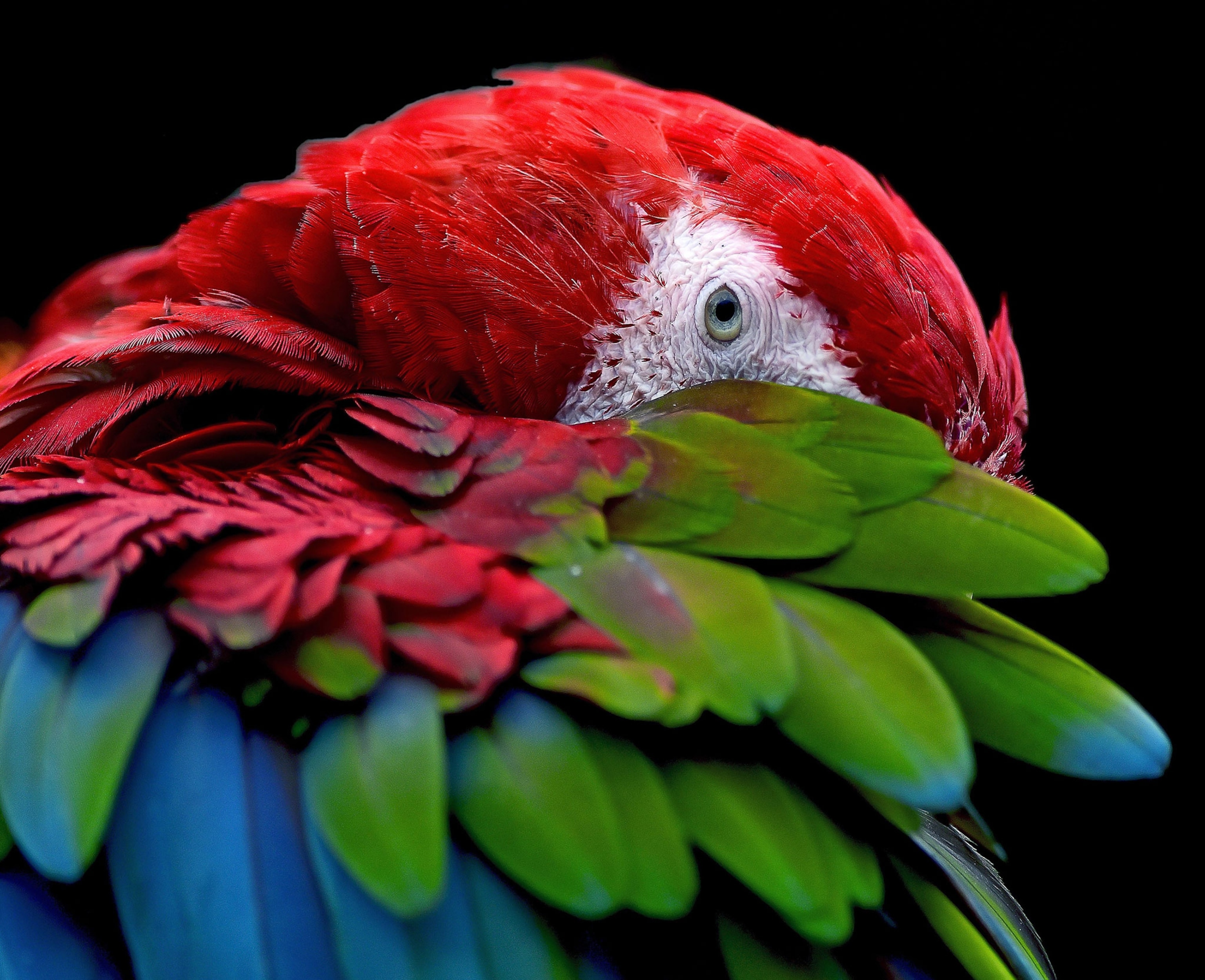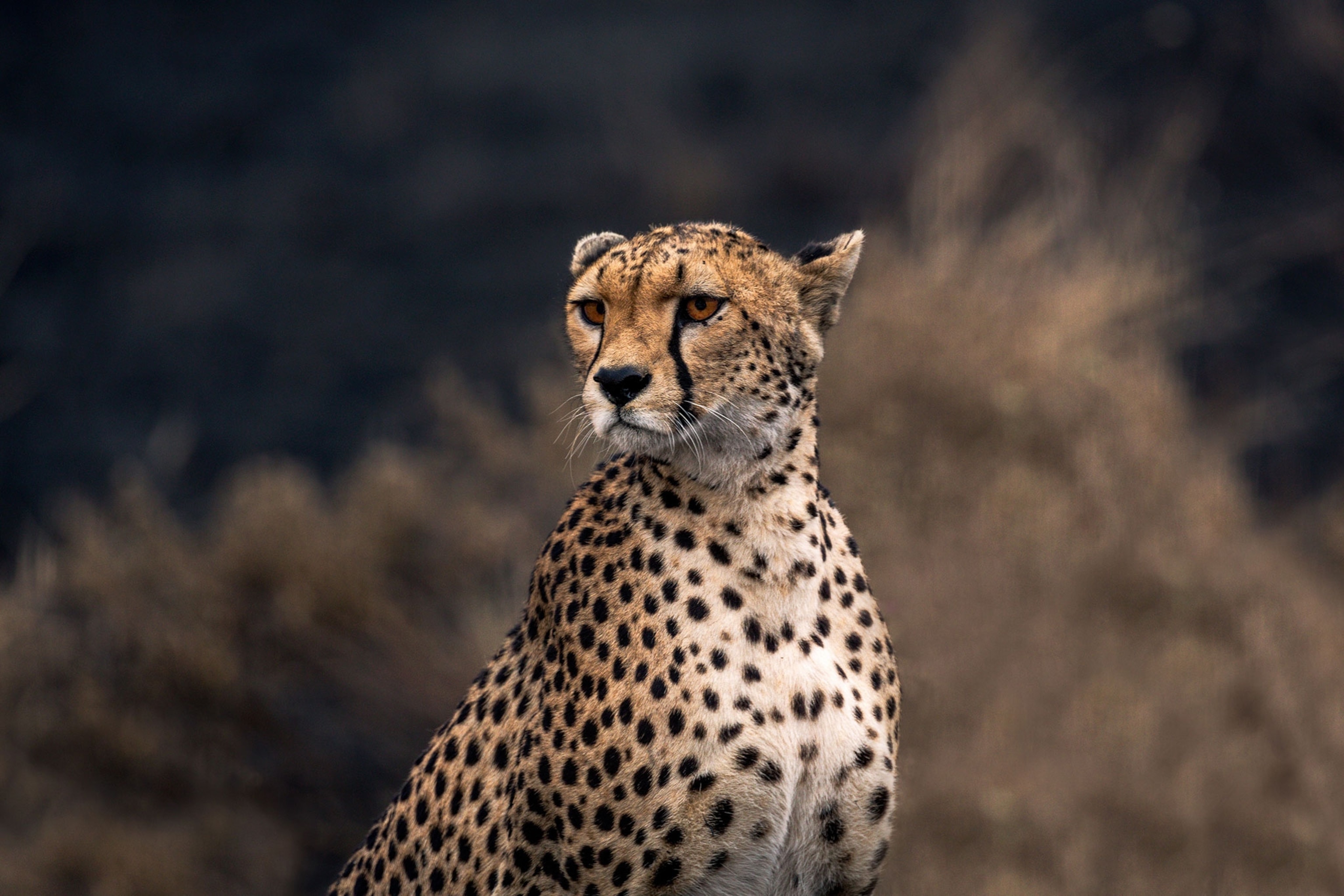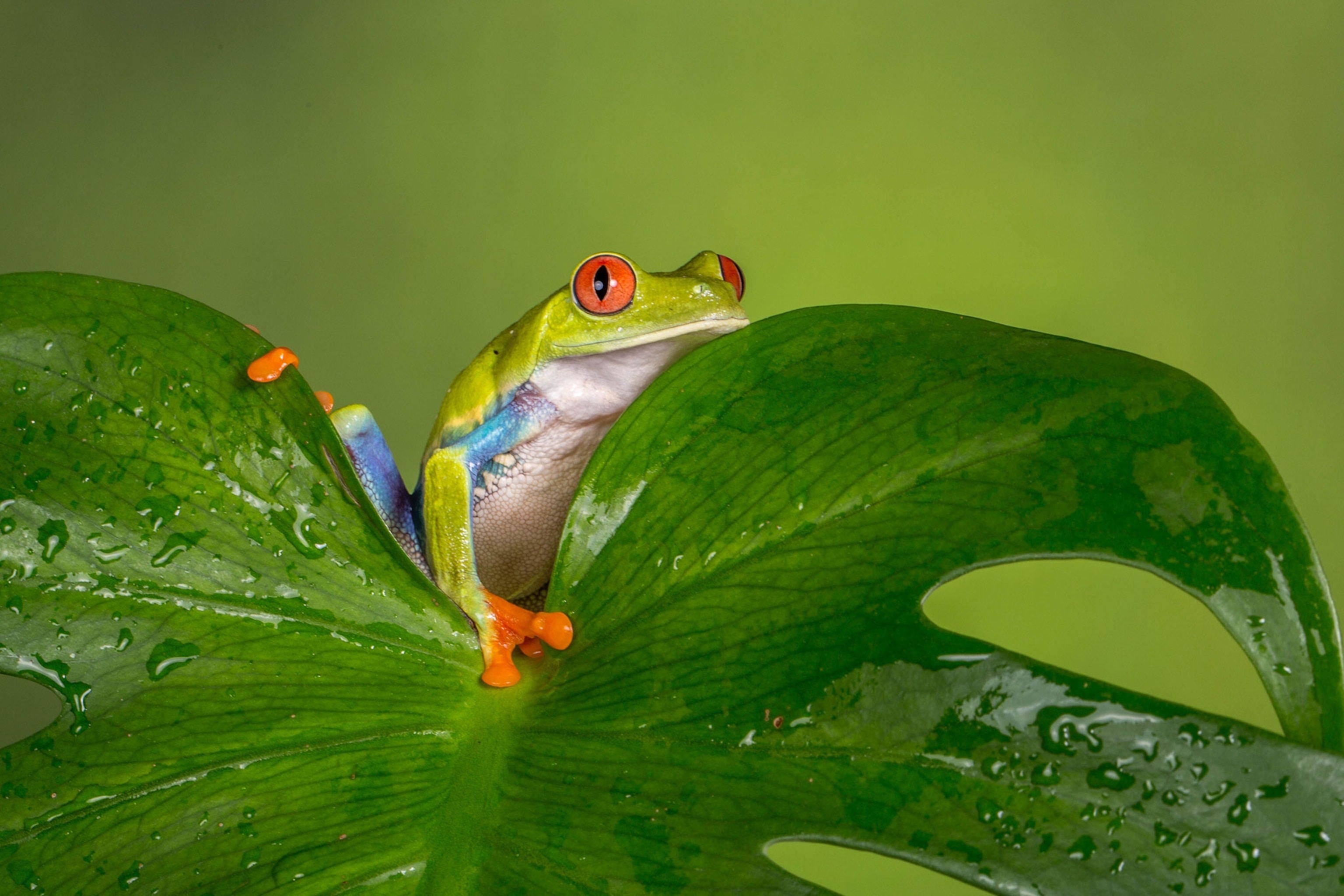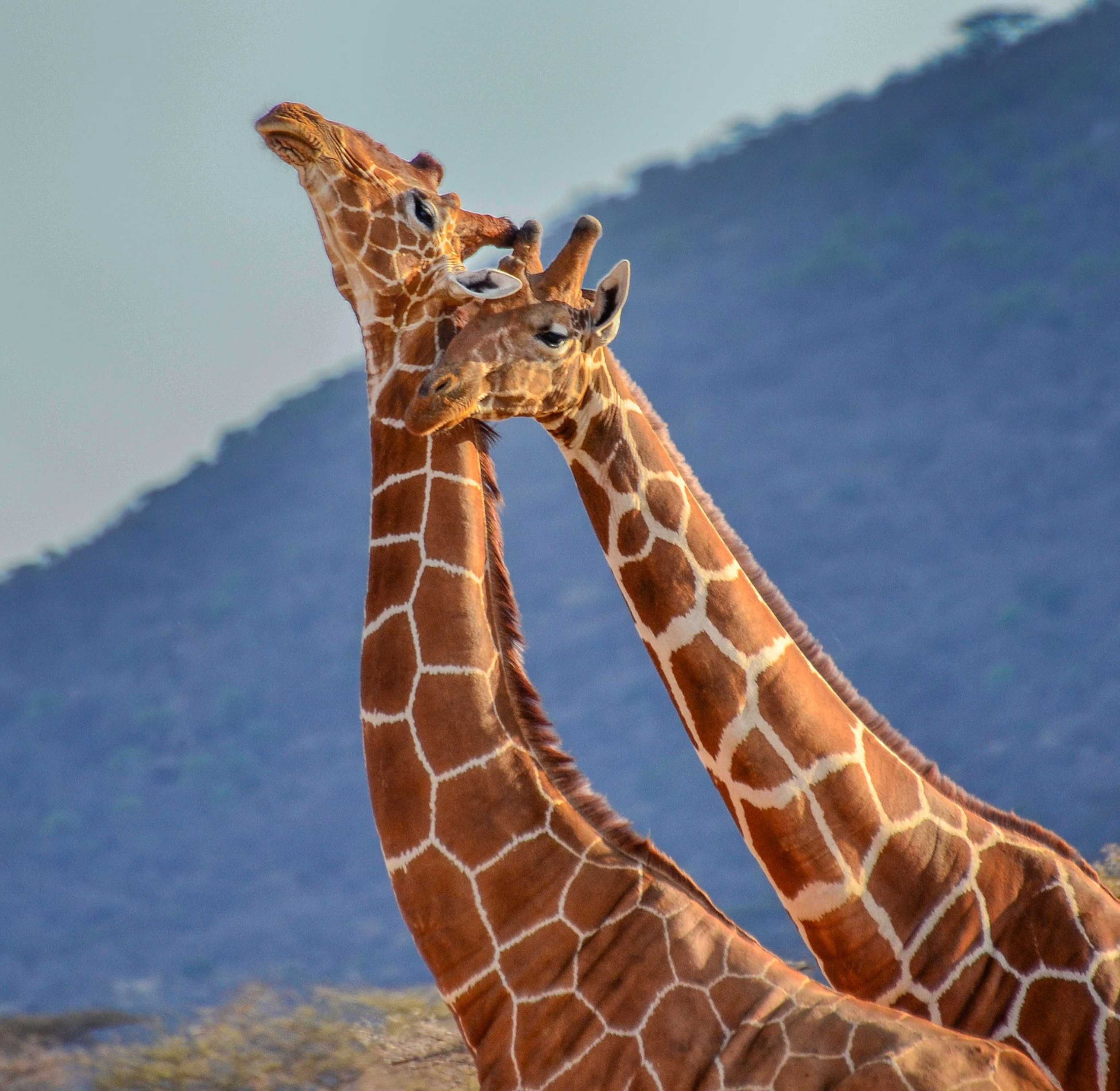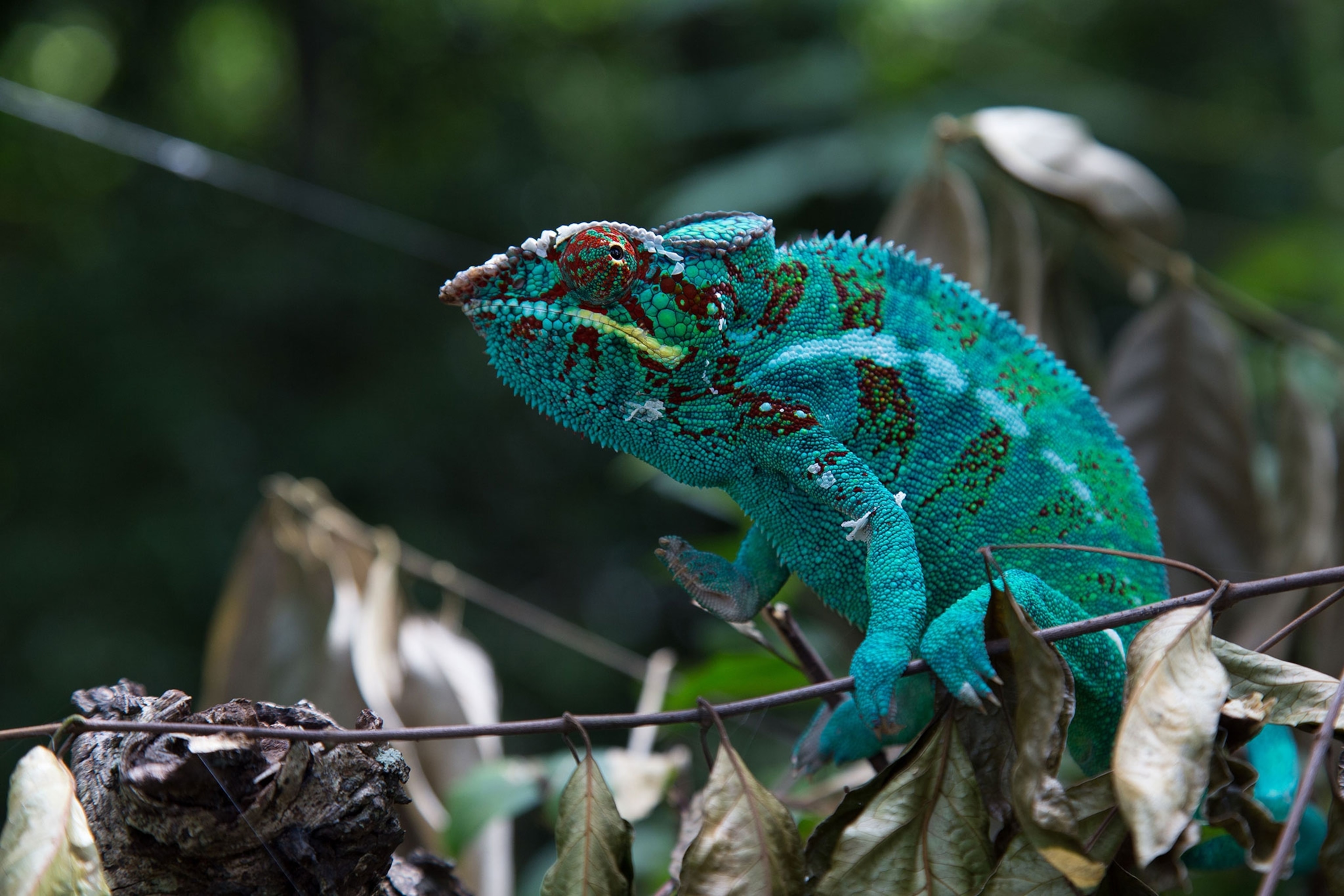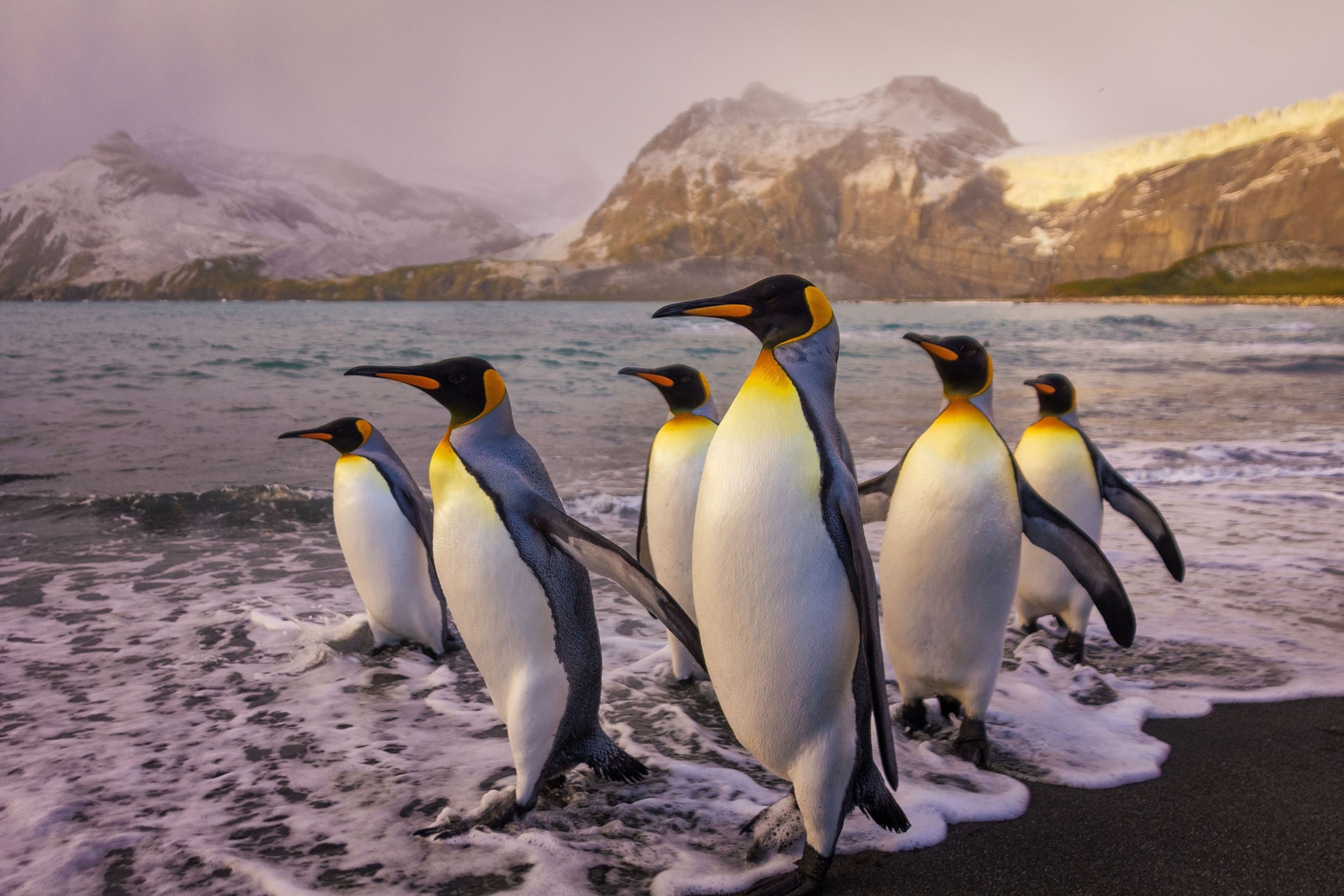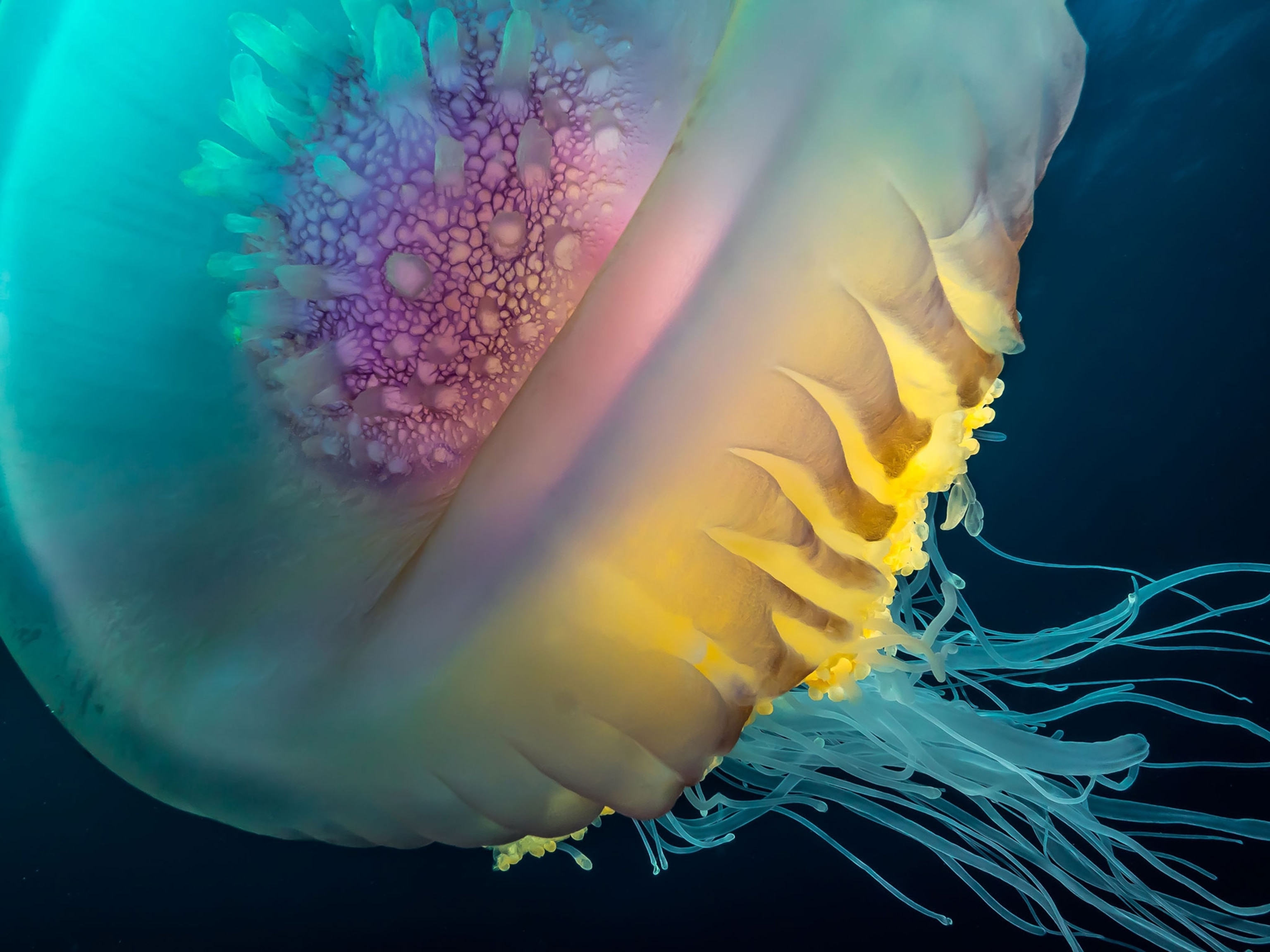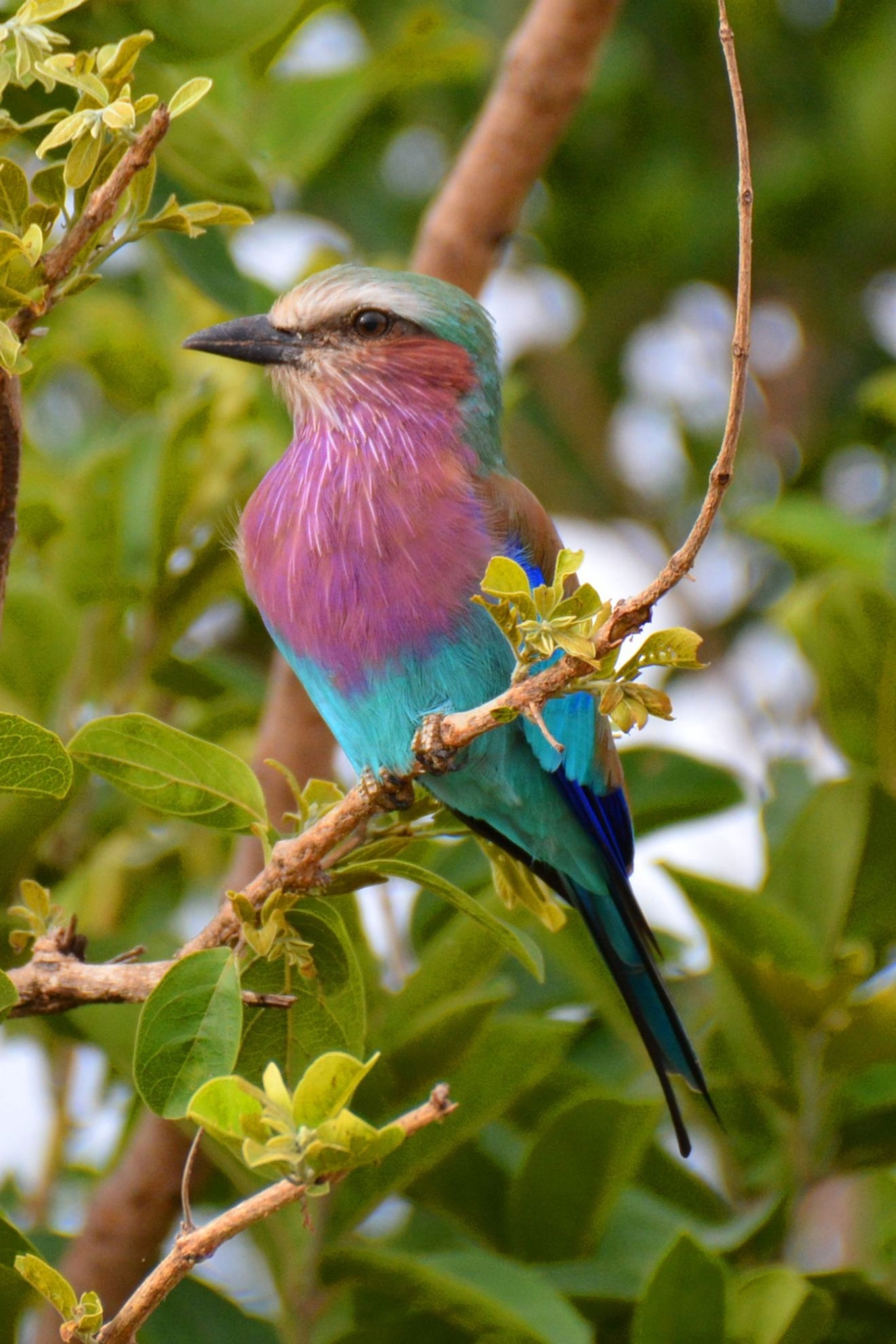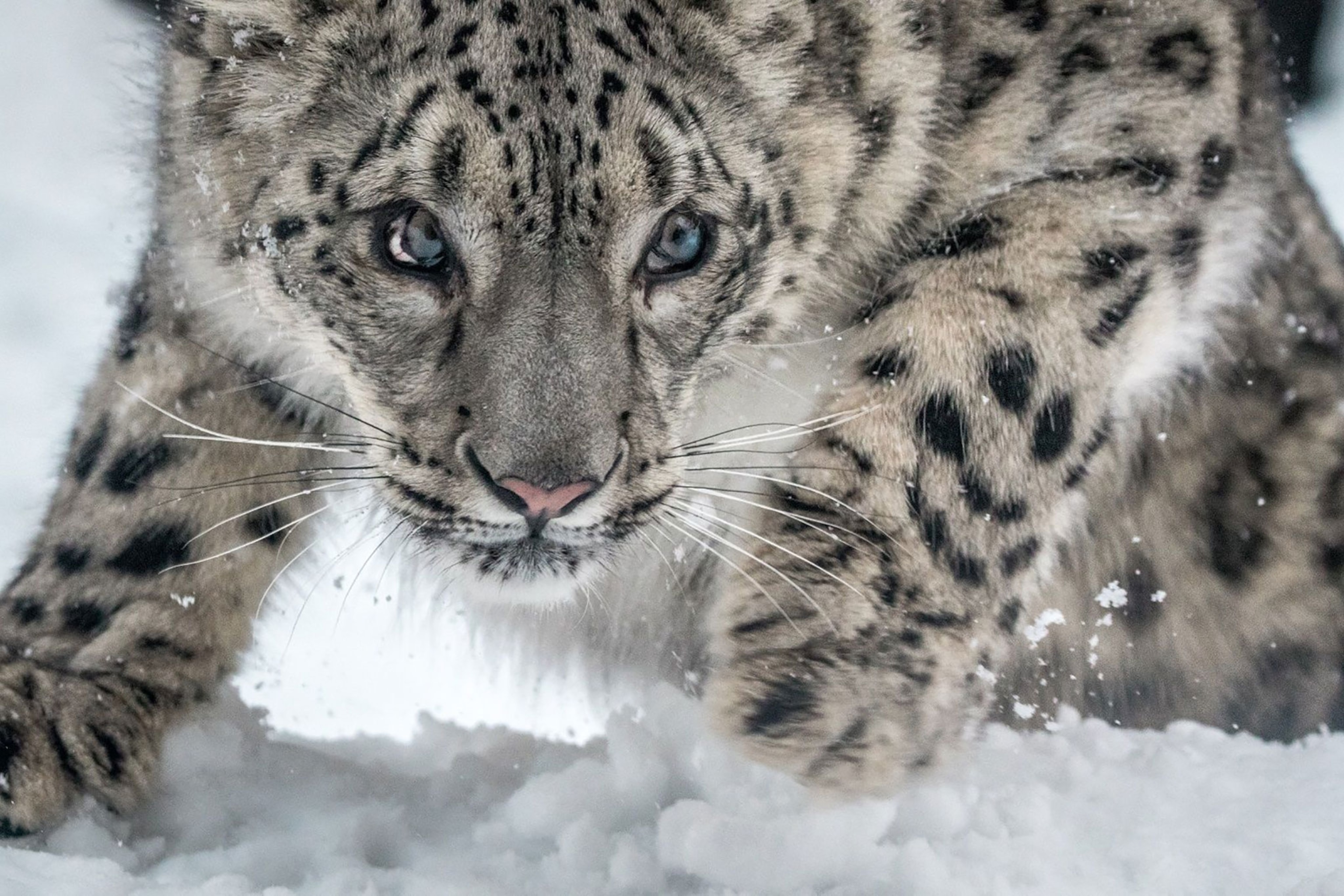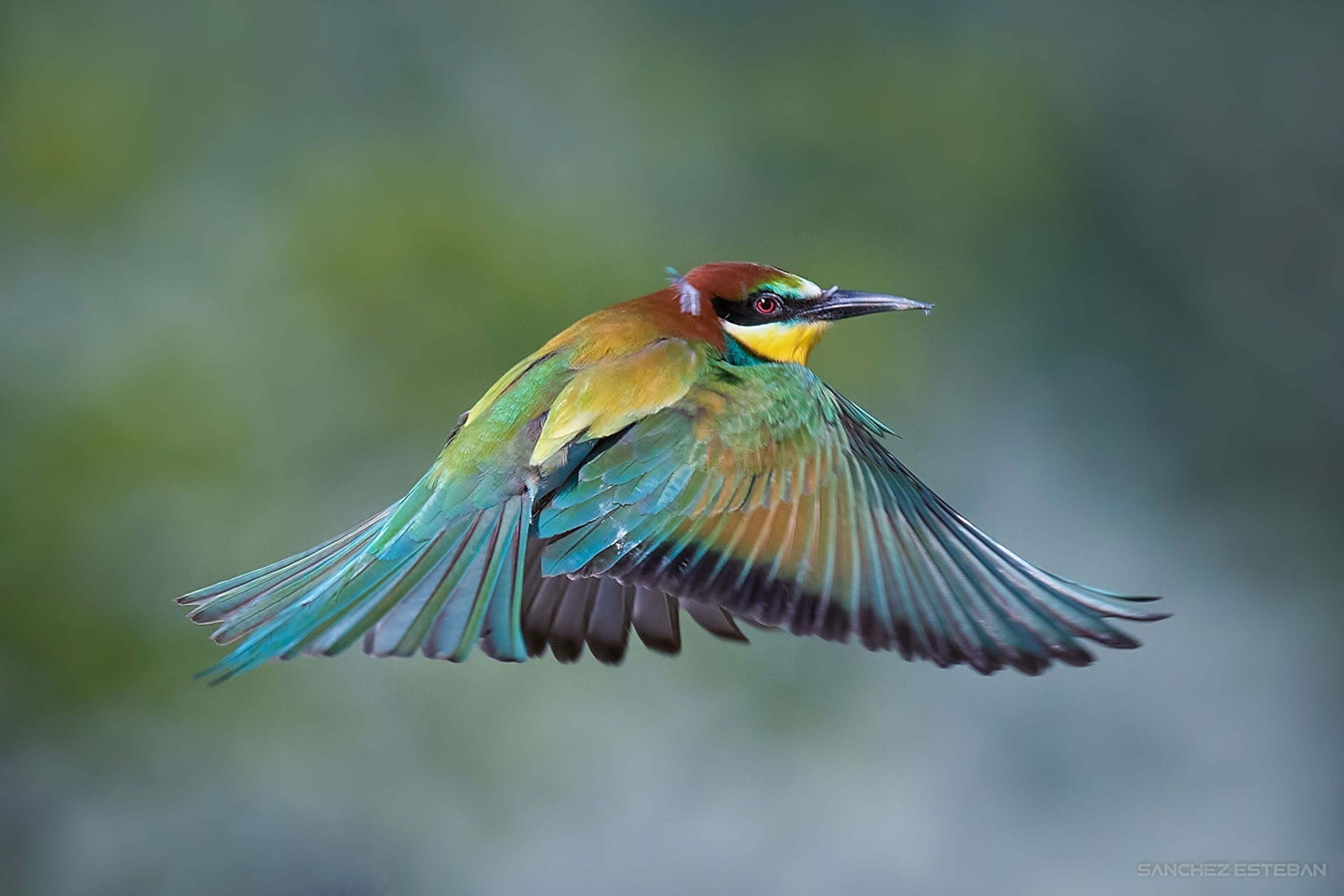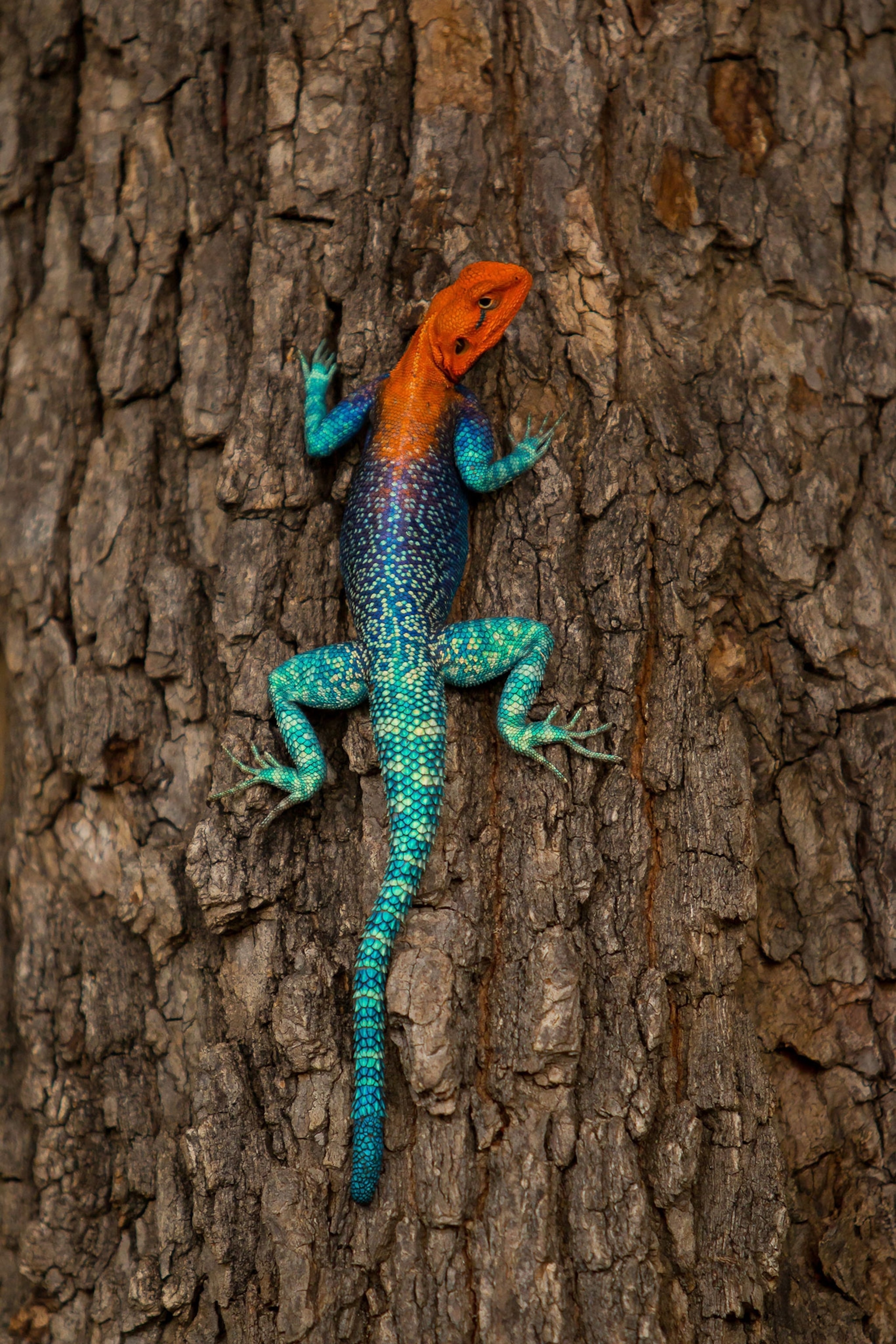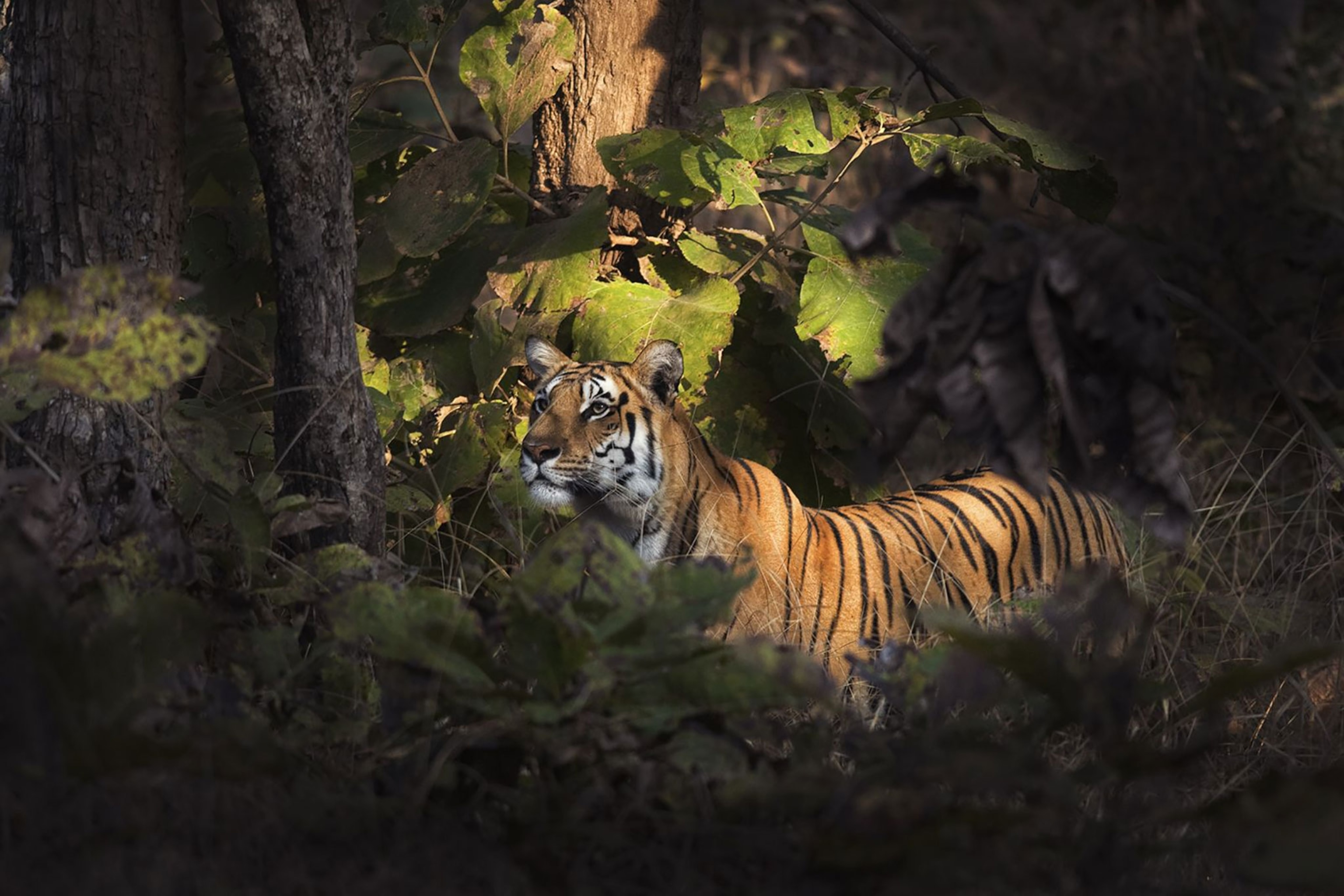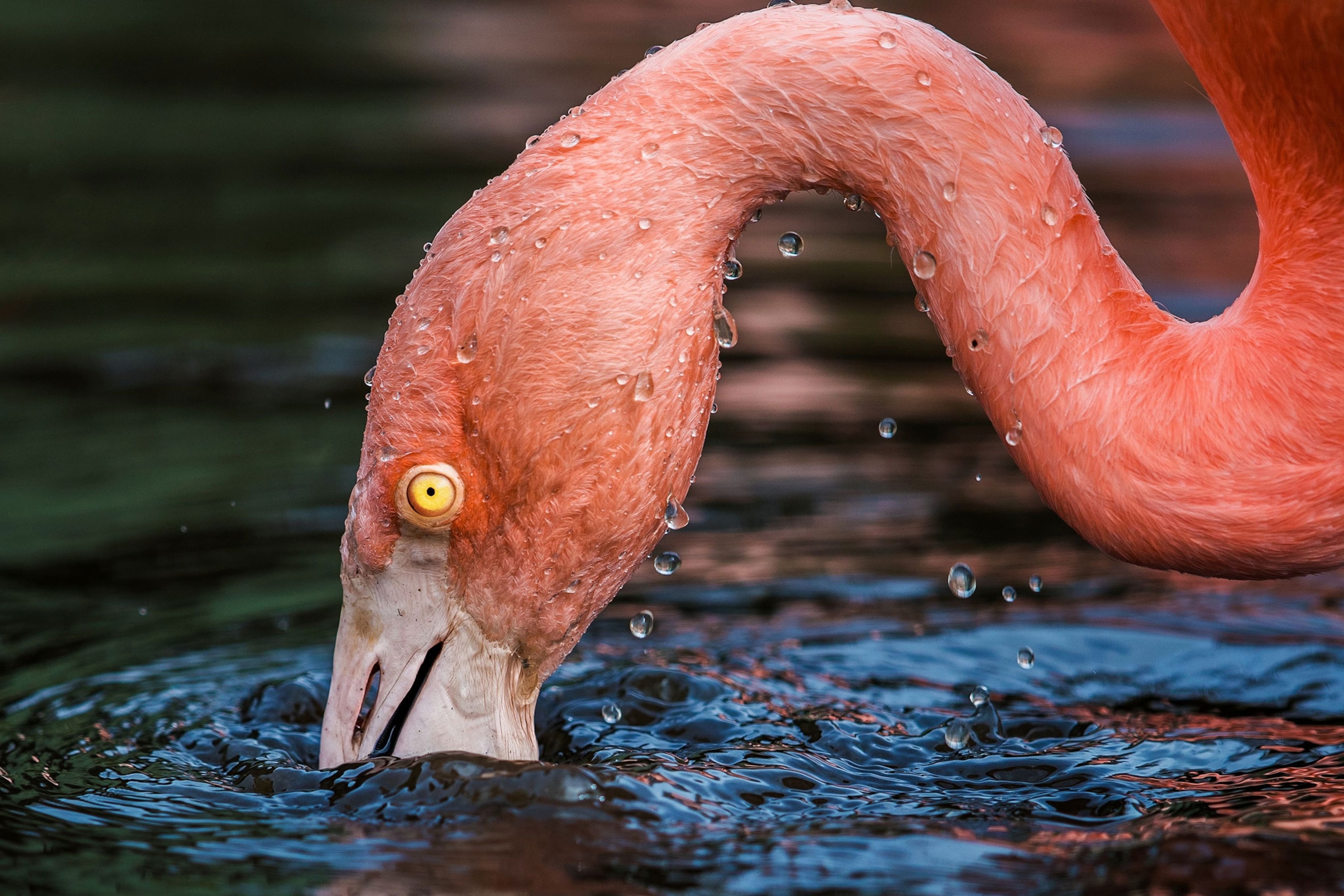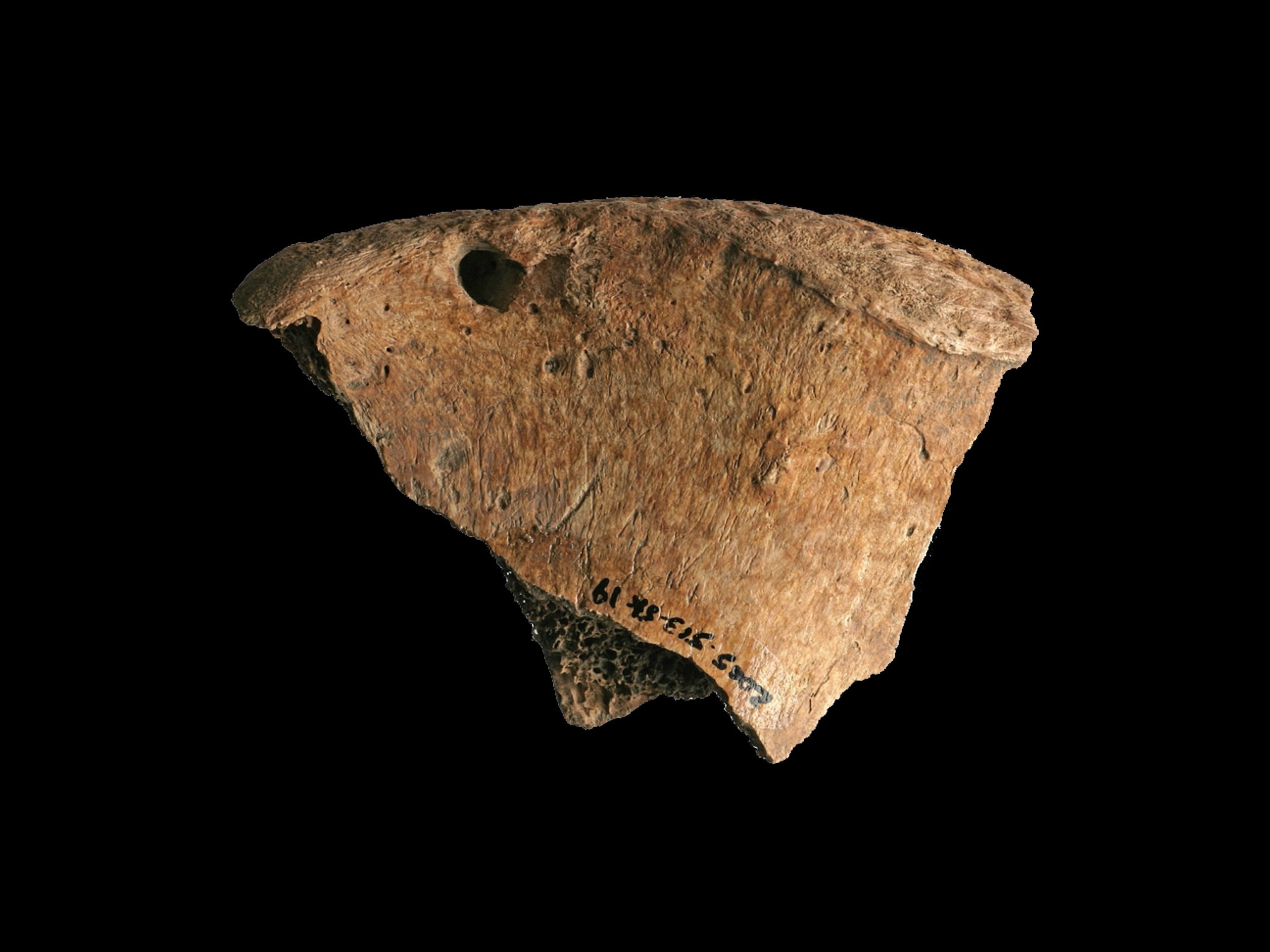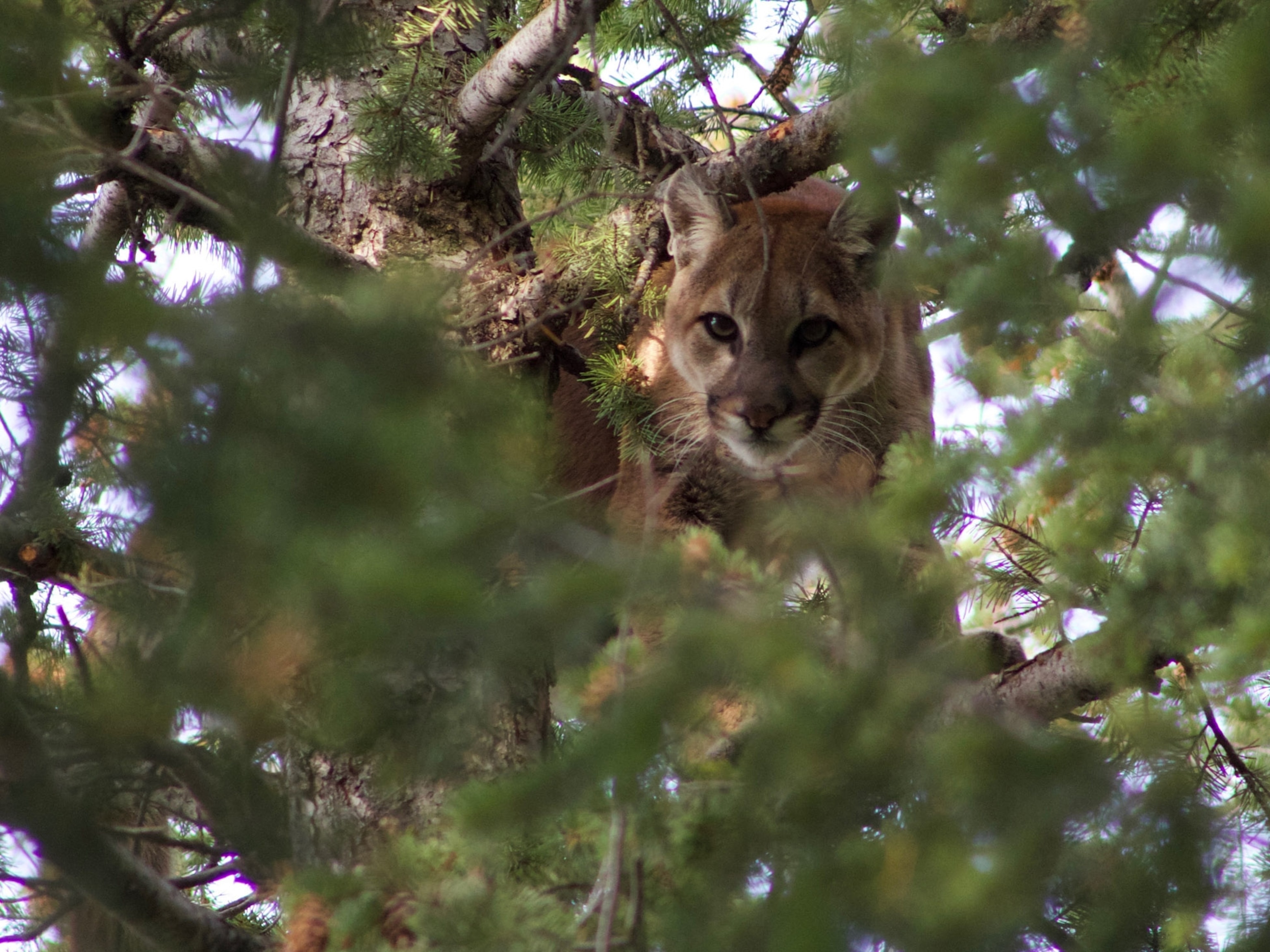A mirror can reveal more than just an image. It can highlight nuanced personality traits like vanity or insecurity. Placed in front of an animal of another species, a mirror can serve as a valuable tool to unlock secrets of intelligence and self-recognition.
Mark Fernley of ‘Untamed Photography’ set up a mirror and camera traps in various parts of the Amazon rainforest. His hope was to capture and observe the rainforest animals’ interactions with the mirror. While he was able to capture the behaviors of numerous animals, like wild pigs and a colorful bird called a trumpeter, he was most interested in the behaviors of the big cats in front of the mirror.
In 2015, Diana Reiss, an animal psychologist at Hunter College in New York and author of The Dolphin in the Mirror told National Geographic that self-recognition “takes a good deal of sophisticated integration of information about yourself and your own movements and what you're seeing in front of you in that glass."
Even human babies take about two years to comprehend what’s going on when they see themselves in the mirror.
What Qualifies as Self-Conscious Behavior in Animals?
Philosophers through the centuries have wrestled with the concept of self-consciousness. Some have even gone so far as rejecting the existence of a self. But for the sake of getting things done in this world, let’s assume that humans exist and are aware of our own existence. But how can we know if an animal is aware of themselves without verbal confirmation?
There are certain behavioral cues that animal experts have identified as evidence of a creature being self-aware. They will often repeat unnatural movements in front of a mirror—suggesting they are trying to make the connection that the figure in the glass is a representation of themselves. They may also angle their bodies to view hard-to-see places.
These are behaviors that elephants, dolphins, and some great apes have displayed in front of mirrors.
Regardless of what is and isn’t considered self-conscious behavior, it’s often fun to see how various animals encounter and confront their reflections. Do they see the reflection as a potential rival individual to challenge? Does it pique their interest? Do they understand what they see at all?
Such questions are fodder for online videos of house pets, and pose real questions to scientists in research settings.








